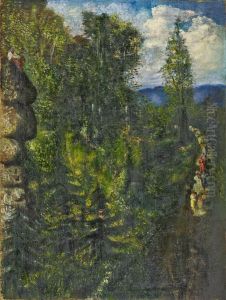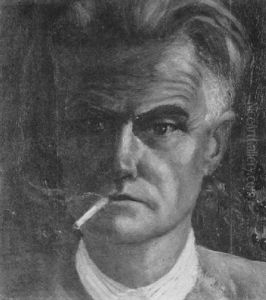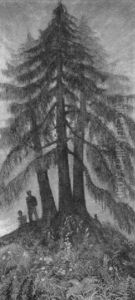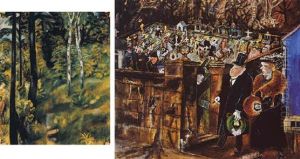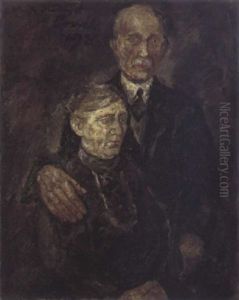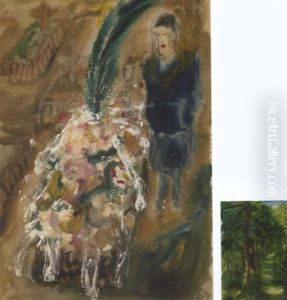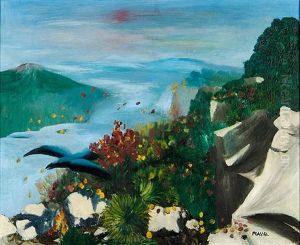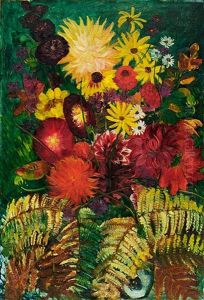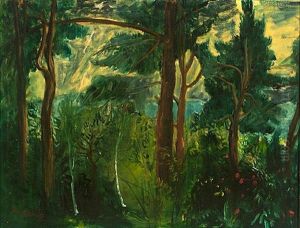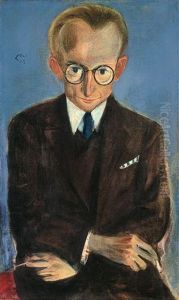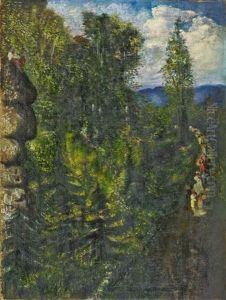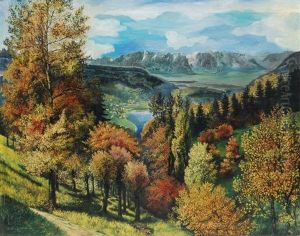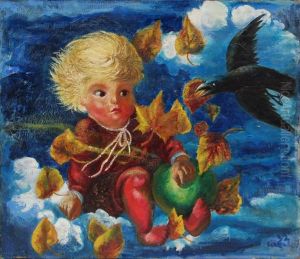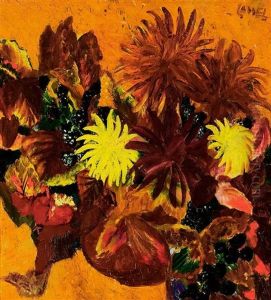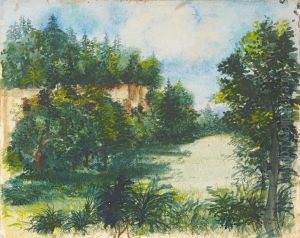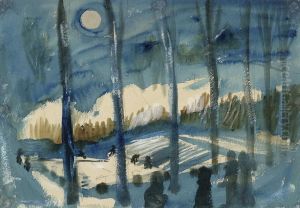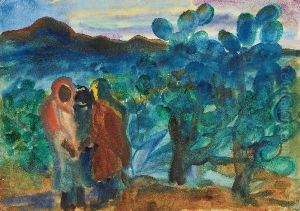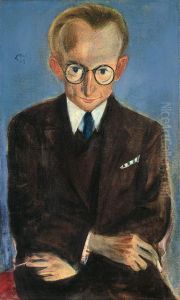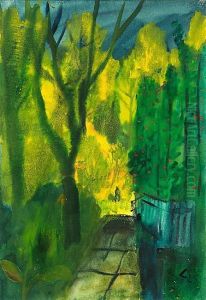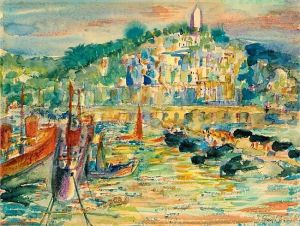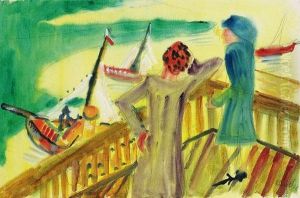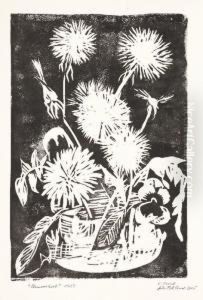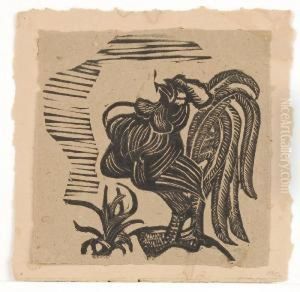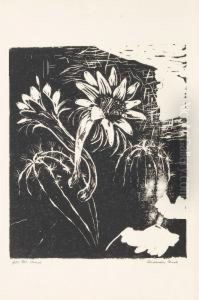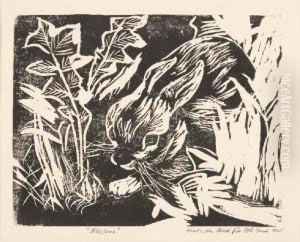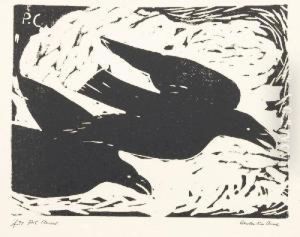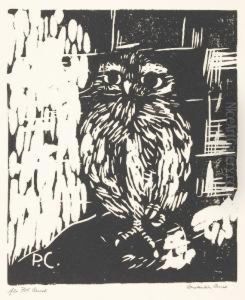Pol Cassel Paintings
Pol Cassel was a German artist born on October 13, 1892, in Posen, which was then part of the German Empire and is now Poznań, Poland. His artistic journey began in an era marked by significant upheaval and innovation in the arts throughout Europe. Cassel's work, although not as widely known as some of his contemporaries, contributed to the vibrant tapestry of modern art in the early 20th century.
Cassel's early education in the arts led him to Munich, a city that was a hub for artistic innovation at the time. Here, he immersed himself in the burgeoning art scene, absorbing influences from various movements, including Expressionism and Cubism. His style evolved over time, incorporating elements from these movements into his own unique visual language. Cassel was particularly adept at using bold colors and dynamic compositions, characteristics that made his work stand out.
In addition to painting, Cassel explored other mediums, including printmaking and drawing. His versatility as an artist allowed him to express his creative vision across a range of platforms, making his work accessible to a broader audience.
The rise of the Nazi regime in Germany had a profound impact on Cassel's life and career. The Nazis' stringent policies against what they deemed 'degenerate art' included a crackdown on modernist artists. Like many of his peers, Cassel faced significant obstacles due to these policies. His work was marginalized, and opportunities for exhibition and sale were severely limited. The oppressive political climate forced Cassel to leave Germany, seeking refuge in safer environments. This period of his life was marked by uncertainty and hardship, as he struggled to continue his artistic practice amid political turmoil.
Tragically, Pol Cassel's life came to a premature end when he died in 1945, in the closing months of World War II. Despite the challenges he faced during his lifetime, Cassel's work has endured. In the years following his death, there has been a renewed interest in his contributions to modern art. Today, his pieces are celebrated for their vibrant energy and innovative approach to form and color. Cassel's legacy lives on through his art, serving as a testament to his resilience and creativity in the face of adversity.
